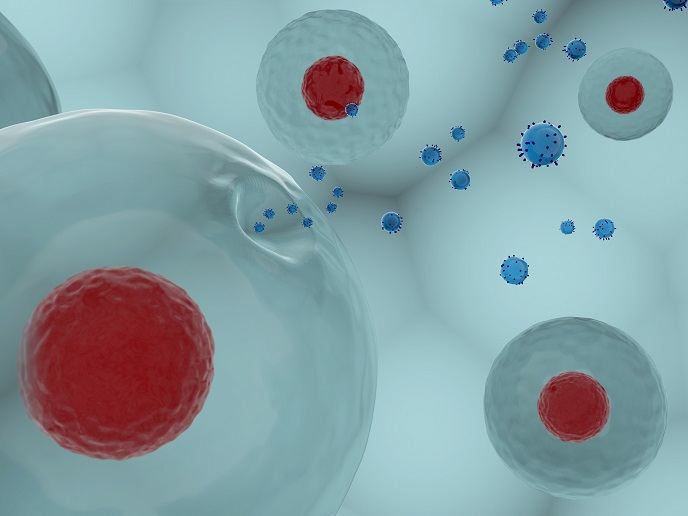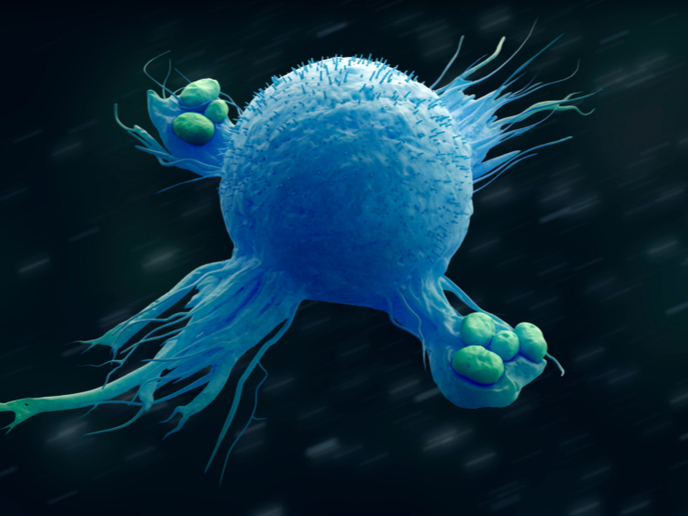Chromatin modifications in cell reprogramming
Induced pluripotent stem cells (iPSCs) are emerging as powerful tools not only for disease modelling but for cell replacement therapies as well. Proof-of-principle studies show that a number of genetic, complex, and malignant diseases can benefit from such cell-based therapies. However, despite their immense potential, technical obstacles remain in the efficient generation of iPSCs. The fundamental mechanisms by which somatic cell identity gets replaced by pluripotent cell identity during reprogramming are poorly defined. Cellular identity is largely controlled by epigenetic mechanisms that regulate gene expression. Although there is substantial information on the distinct epigenetic states before and after reprogramming, the role of key chromatin modifier genes in reprogramming remains largely unexplored. To address these issues, the EU-funded CMR (Chromatin modifiers in reprogramming) project proposed to study the molecular mechanisms underlying cell reprogramming, and in particular, the role of chromatin modifiers. The work focused on the mechanism by which inhibition of the histone methyl-transferases, Suv39H1 and Setd2, enhances reprogramming. Researchers employed both genetic and chemical tools and found that Suv39H1 acts as a suppressor during the initial phases of reprogramming. Chromatin immunoprecipitation experiments revealed that Suv39H1 regulated the pluripotency-associated genes NANOG and SOX2 by affecting methylation of the promoter regions. In addition, the histone H3 lysine 36 (H3K36) methylation acted as a barrier in reprogramming but its loss was not sufficient to directly activate the pluripotency network. Further methylation marks were found to act antagonistically with H3K36 upon acquisition of pluripotency. At the same time, through a loss-of-function screen, scientists identified demethylases that either increased or impeded reprogramming efficiency. Collectively, the activities of the CMR project provided fundamental knowledge on the mechanism of cell reprogramming. The findings not only help towards more efficient generation of iPSCs but impact the methodologies used in the derivation of iPSCs for clinical use.







